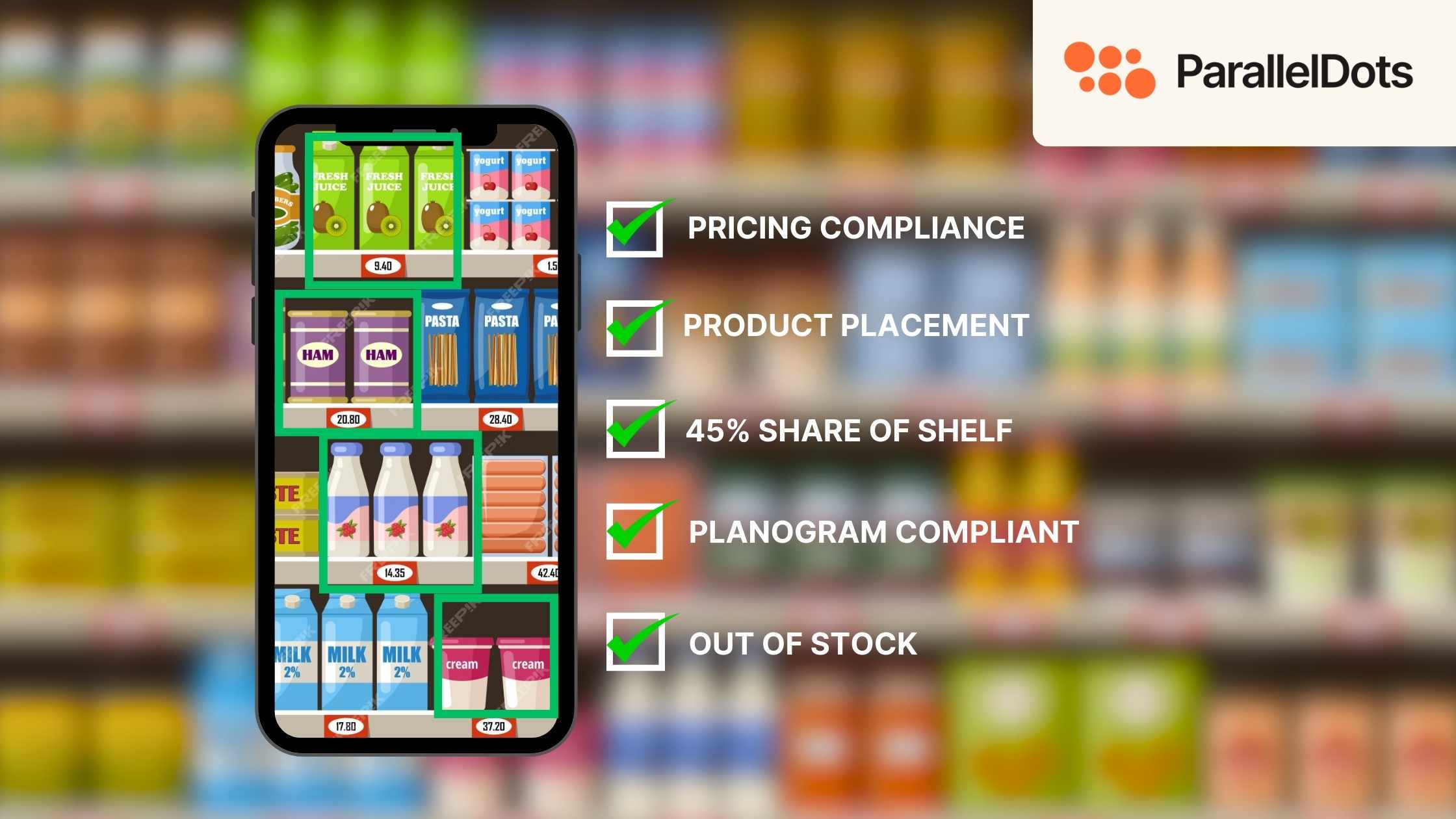The human brain is an extremely powerful unit of the human body. It is capable of learning complex things and making multiple decisions. It receives inputs from various other organs of the body, processes the information and sends back an output signal directing definite organs of the body to perform appropriate functions. In other words, the brain tells the body how to “react” in a certain situation. Now consider this, what if there is a computer software that could act and react just like a human brain? That is what Artificial Intelligence is all about.
Artificial Intelligence
Joan McCarthy is the scientist who coined the term “Artificial Intelligence” in 1955 and he described it as the scientific and engineering study to make intelligent machines. By intelligent machines, he meant machines that were capable of performing just like a human brain and since then AI (Artificial Intelligence) has become an extremely popular topic for research among computer scientists. This field specializes in highly technical and complex algorithms whose results are spectacular.
The machines that are developed using AI researches can either be a physical machine like a robot, capable of performing certain functions, or be a computer programme/software capable of generating certain outputs when some information is provided. The machine mimics human brain using tools in statistics and economics, computational intelligence etc. It also uses the most advanced tool, Neural Networks and Control through which it stimulates the neurons of the nervous system inside the machine.
AI has major applications in the tech industry and envisioned to be the game changer of the future technological computations, thereby, challenging the very existence of human race. Bots playing games such as chess, scrabble and tic-tac-toe (just to name a few), have been developed which have won against world ‘human’ champions.
Although, AI developed so far still lacks certain human-level cognition, it is a field of immense scope and optimism. One major aspect of an artificially intelligent machine is how it learns rather how it does certain function. This branch of Artificial Intelligence is known as “Machine Learning”.

Fig 1. Apple uses Artificial Intelligence and Machine Learning algorithms for Siri.
Machine Learning
Arthur Samuel in 1959 defined the term ‘machine learning’ as the ability of the machine to learn without being explicitly programmed. Like how a human baby learns to walk, talk and do several other functions by himself/herself by simply looking at the immediate environment, a machine automatically trains and learns by itself by looking and analyzing the data presented to it. It is believed that Artificial Intelligence wouldn’t have flourished if there were no research in machine learning.
Machine learning can be broadly categorised into three types :- Supervised learning, Unsupervised learning and Reinforcement learning. These three types mainly differ from one other in the they use to train the machine.
In Supervised Learning, the machine is trained using a certain dataset. That dataset will contain some examples of inputs with their expected outcomes. So when the machine is trained, it knows from the beginning the outcomes of certain inputs. When a new input is provided to the machine, it analyses the new input with the dataset on which it had been trained and then generates the suitable outcome for the incoming data. It does have a good success rate as long as the domain of the inputs does not vary much. The major drawback of Supervised learning is amount of the resources that are consumed in making the initial dataset.
In Unsupervised Learning, the machine is not trained using an initial dataset but rather it has only a function which accepts certain arguments and after performing certain computations, an outcome is generated. One major advantage of Unsupervised learning is that no initial dataset is required but at the same time the success rate for this type of learning is not that good compared to Supervised Learning.
In Reinforcement Learning, the machine is yet again not trained on any initial dataset but then as the programme executes, it learns, formats its own mistakes and improves itself. In other words, it learns from a dynamic environment. For example, in a programme that can be used to drive a car, initially there will be a lot of jerks and there might be a few accidents too but then slowly the machine will learn what to execute in what situation. Its disadvantage is that the initial success rate will be extremely poor and the time taken to train can be long but its advantage is that once the machine is fully trained, it has an amazing success rate.
Like I mentioned before, Artificial Intelligence and Machine learning go hand in hand. One major field where both of them are extensively used is Natural Language Processing (NLP). In NLP, various machine learning algorithms are applied on raw text and certain type of information is automatically extracted. The certain type of information can be anything ranging from semantics to summary of the text.
Applications
Every major technology company that anyone can think of applies AI and machine learning algorithm in their tech. Google is known to be the leader in machine learning algorithms as it has applied AI in almost every single product, especially in its blazing fast search engine. Facebook also uses this technology for its various services such as auto-tagging pictures, messenger bot etc.
The recommendation engines that are seen on various media house websites and E-commerce sites like Flipkart and Snapdeal are due to intricate application of machine learning and deep learning algorithms.
Artificial Intelligence can replace human beings with computer programs so that their entire operations become automated.
ParallelDots AI APIs, are a Deep Learning powered web service by ParallelDots Inc, that can comprehend a huge amount of unstructured text and visual content to empower your products. You can check out some of our text analysis APIs and reach out to us by filling this form here or write to us at apis@paralleldots.com





.jpg)
.jpg)
